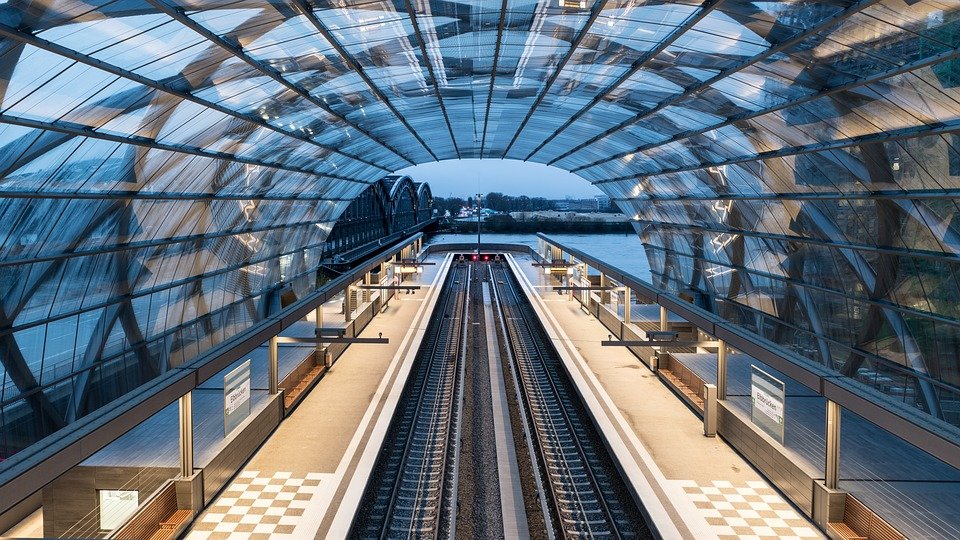Art has always been a reflection of society, and with the rapid advancements in technology, the artistic landscape is evolving at an unprecedented pace. From traditional mediums like painting and sculpture to digital art forms like Virtual reality and interactive installations, technology is reshaping the way artists create and audiences experience art. In this article, we will explore the ways in which technology is influencing the artistic world and changing the way we interact with art.
The Rise of Digital Art
One of the most significant changes in the artistic landscape is the rise of digital art. Artists are now using technology to create stunning works of art that would have been impossible to achieve with traditional mediums. Digital art encompasses a wide range of mediums, including computer-generated images, interactive installations, and Virtual reality experiences.
One of the most exciting developments in digital art is the use of Virtual reality (VR) technology. Artists are now able to create immersive, 3D worlds that viewers can explore and interact with in ways that were previously unimaginable. VR art installations have been featured in museums and galleries around the world, allowing audiences to step inside the artist’s vision and experience art in a whole new way.
Collaboration Between Artists and Technologists
As technology continues to play a larger role in the artistic world, we are seeing a growing collaboration between artists and technologists. Artists are working with programmers, engineers, and designers to create works of art that push the boundaries of what is possible. This collaboration is resulting in innovative new art forms that blend traditional artistic techniques with cutting-edge technology.
One example of this collaboration is the use of artificial intelligence (AI) in art. Artists are using AI algorithms to create unique and dynamic pieces of art that evolve over time. These AI-generated artworks are challenging traditional notions of authorship and creativity, opening up new possibilities for artists to explore.
Interactive Art Installations
Another way in which technology is reshaping the artistic landscape is through interactive art installations. Artists are creating works of art that invite viewers to participate and engage with the artwork in a more active way. These interactive installations often incorporate sensors, cameras, and other technology to create a dynamic and immersive experience for the audience.
Interactive art installations have been a hit with audiences, as they allow viewers to become part of the artwork and explore it in a hands-on way. From interactive light displays to motion-activated sculptures, artists are using technology to create engaging and memorable art experiences that blur the line between the physical and digital worlds.
FAQs
Q: How is technology changing the way artists create art?
A: Technology is enabling artists to explore new mediums and techniques that were previously unavailable to them. Artists are now able to create digital art, Virtual reality experiences, and interactive installations that push the boundaries of traditional art forms.
Q: What are some examples of technology in art?
A: Some examples of technology in art include Virtual reality installations, AI-generated artworks, and interactive light displays. Artists are using technology to create dynamic and immersive art experiences that engage audiences in new and exciting ways.
Q: How are artists collaborating with technologists?
A: Artists are working with programmers, engineers, and designers to create innovative new art forms that blend traditional artistic techniques with cutting-edge technology. This collaboration is resulting in unique and dynamic artworks that challenge traditional notions of creativity and authorship.
Q: What is the future of technology in art?
A: The future of technology in art is bright, with artists continuing to push the boundaries of what is possible with new technologies. As technology continues to evolve, we can expect to see even more innovative and immersive art experiences that challenge and inspire audiences.
From digital art to interactive installations, technology is reshaping the artistic landscape in exciting and unprecedented ways. Artists are embracing new technologies and collaborating with technologists to create works of art that push the boundaries of traditional artistic forms. As we look to the future, we can expect to see even more innovative and immersive art experiences that blur the line between the physical and digital worlds.

